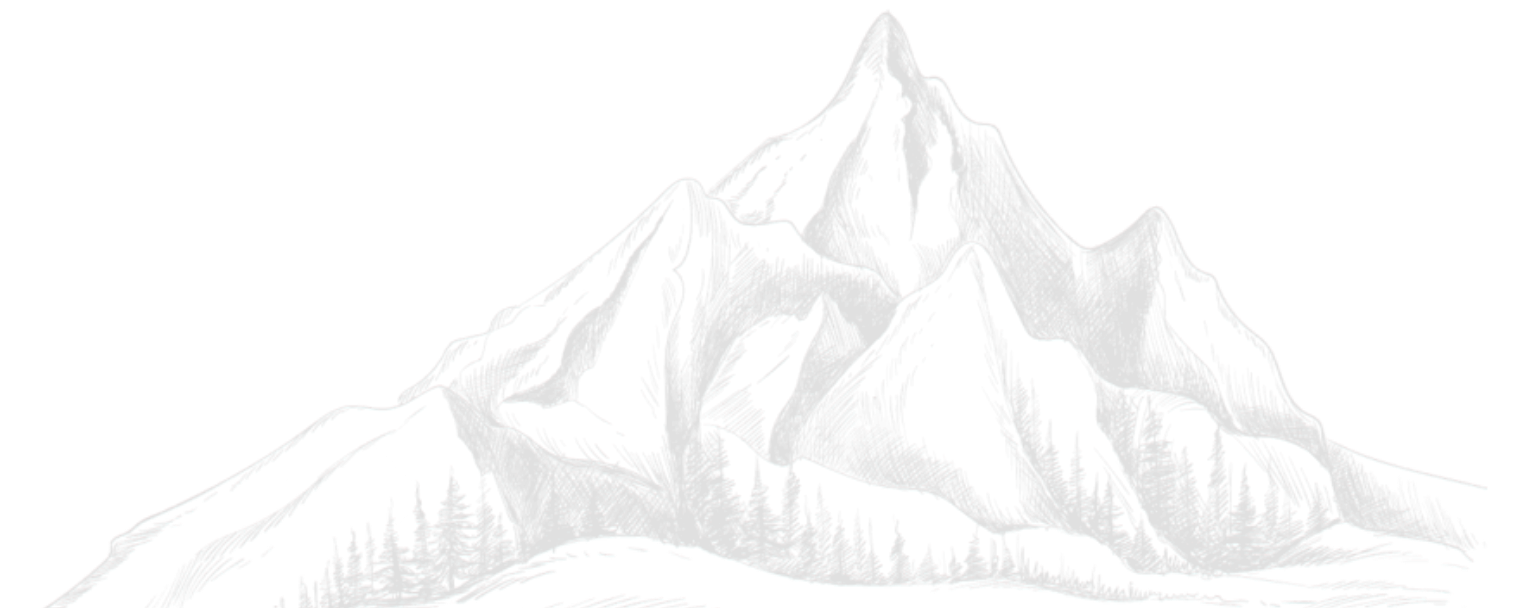
The Redžepagića Tower is the oldest residential-defensive architecture building in the Plav-Gusin region. After the Imperial Mosque, it is the oldest building in the Plav-Gusin area. It represents the true type of feudal fortified dwelling of the Middle Ages. In this sense, this building represents a significant value, as a living model of a category of civil architecture of our Middle Ages, the traces of which are here, completely destroyed.
The tower represents a precious value, which far exceeds the limits of local importance and therefore requires all the attention of careful restoration and reintegration into its modern framework. In the middle of the last century, Redžepagića tower was protected by law as a cultural-historical monument of the second category. Who built the Redžepagić tower with certainty has not been determined. It is stated that the tower was built by Hasan-beg Redžepagić in 1671. Although there is a tradition that it dates back to the 15th century when it was built by Ali Muče, a descendant of Ali-bey Redžepagić, for the defense of Plav by Klimenat. The tower originally had two storeys of stone walls, over 1 m thick, with watchtowers and loopholes and a roof of rough stone slabs. Later, when Redžep-beg's sons split up, the tower belonged to one of the brothers, Bećir-beg, who added a third floor, a porch, made of wooden cham timber, which came from the forest from the nearby Završ hill. During the division, the brothers reserved the right of accommodation in case of attack, blood feud or similar critical situation. In the event of an attack, the families would put their cattle in the ground floor of the tower, barricade themselves and shoot at the attackers from loopholes, which were evenly distributed on all walls of the tower, and throw stones, boiling water and the like from the windows and other openings.
On the Redžepogić Tower, there were wooden doors with carvings of exceptional beauty. The entrance door was located on the north side of the tower, which was stolen during the Balkan wars. Then Šaban-bey swore that he would never enter that door again. That's why he built that door and opened a new one on the south side of the tower. The trademark of the Redžepagić tower is the covered wooden balconies raised above the loopholes, called the corner.
Since 1979, the Redepagić Tower has been turned into a museum. Thanks to Šuć Redžepagić, since 2011, the Redžepagić Tower has kept a valuable collection of folk costumes, handicrafts and tools.
